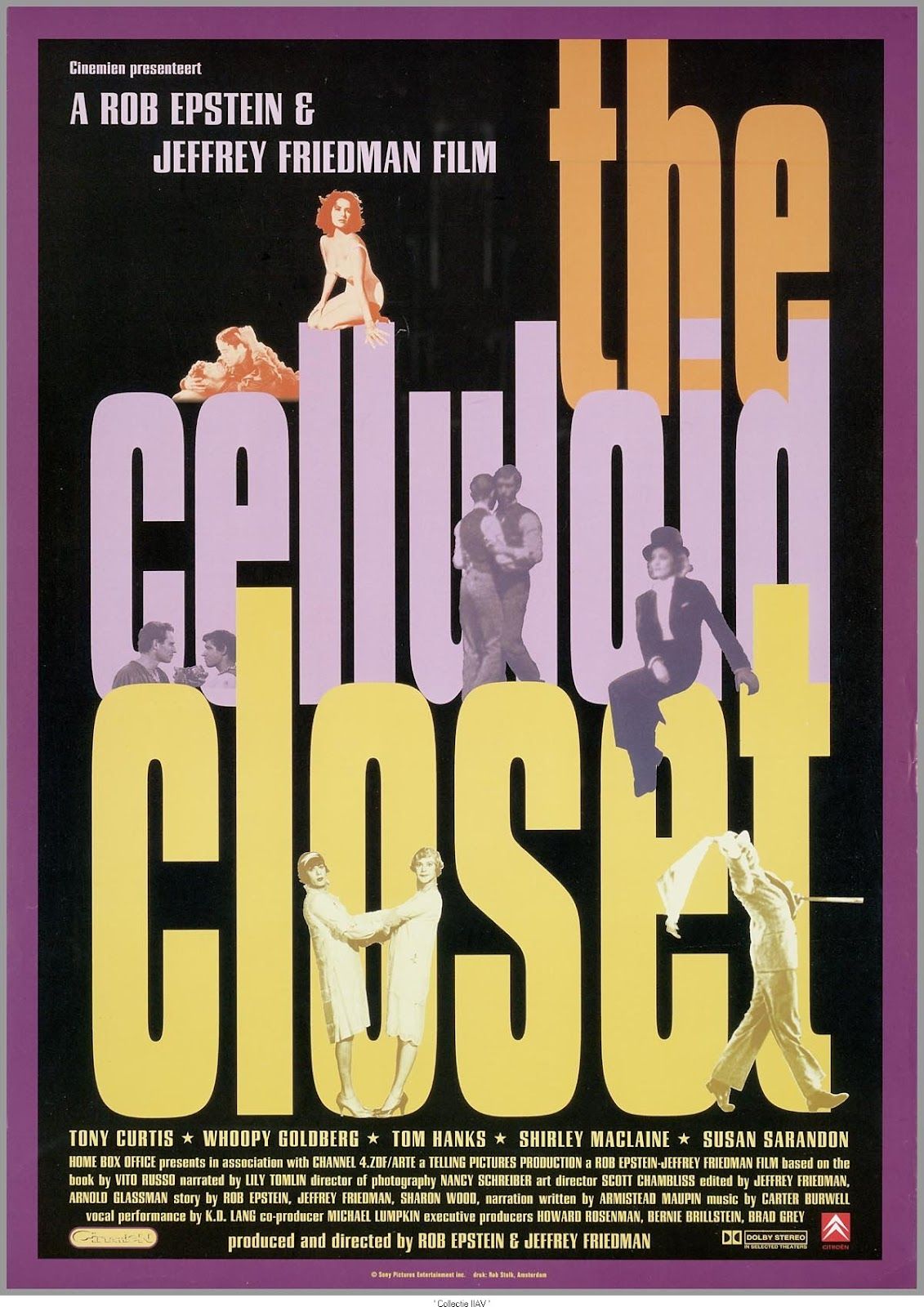Film Review: The Celluloid Closet (1996)



I first saw The Celluloid Closet when it aired on HBO back in 1996. It was one of the most eye-opening and entertaining documentaries I’d ever seen up to that point. I was a young punk rock kid who was starving for this type of political and social awareness. It seemed subversive that so many writers, actors, and directors would be so eager to expose the Hollywood system as a homophobic and hypocritical machine. It was enthralling. Unfortunately, I had missed the opening of the film, and so didn’t know the title for many years. I would try to explain to people how Charlton Heston didn’t know he was playing gay characters, or how an early Thomas Edison film featured two men dancing with each other. But, I couldn’t recommend tracking down the film because I had no idea what it was called. Through the magic of the Buncombe County Public Library, I was able to get my hands a copy for a second viewing. It only took about twenty years.

Since day one, the movies have been training us to laugh at, fear, and hate gay and transgender people. That’s a frightening thing to come to terms with, but it must be acknowledged. The Celluloid Closet (based on the book by activist and film historian Vito Russo) plumbs the depths of cinematic history to bring us to this uncomfortable realization. In reality, one doesn’t have to look very far to find homophobia and mischaracterization in Hollywood. Quite the contrary—it’s damned blatant and upfront about it. The intention of these destructive stereotypes may have been benign in some cases, but the results speak for themselves. Intention loses credibility when increased marginalization is the result.

It’s fascinating to see stereotypes we all grew up with acted out on film as early as the late 19th century. It’s then depressing to realize that not much has changed in the last 120 years. Progressing linearly, The Celluloid Closet acts as a timeline for intolerance and ridicule. From the early days of the “sissy,” to pre-code exuberance and exploitation, to censorship and innuendo, and then to fear-mongering, serial killers, revenge, and suicide, a very clear picture is painted. At best Hollywood doesn’t understand or care about trans and gay people. At worst, it’s openly hostile towards them. Either way, something needs to change.

With narration by Lily Tomlin, the film treats us to discussions and observations on a wide variety of films spanning cinema’s long history. Gay and lesbian writers speak with emotion about subtext and relatable characterizations. Other times, the subtext was anything but “sub” to anyone who was paying attention. And often, the straight crowd wasn’t. Case in point: Charlton Heston in Ben-Hur. I won’t go into it. I’ll let screenwriter Gore Vidal explain it in his own words. Let’s leave it that Heston wasn’t happy when he found out he was a gay icon of sorts.

As important and revealing as The Celluloid Closet is, it does seem somewhat dated now. This, of course, is no fault of the filmmakers or cast, but things have changed quite a bit since its release in 1996. How Hollywood has progressed in its treatment of marginalized people is subjective, but the visibility of such communities in news and media outlets has grown immensely. This should be recognized and represented on the big screen. For all its grandstanding and liberal self-congratulating, how much has Hollywood changed since the film’s release? It’s time for a “Chapter II,” of this story. Let’s have a look and see what we can find.
